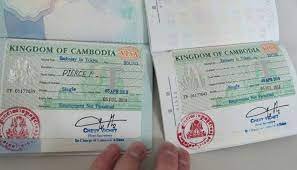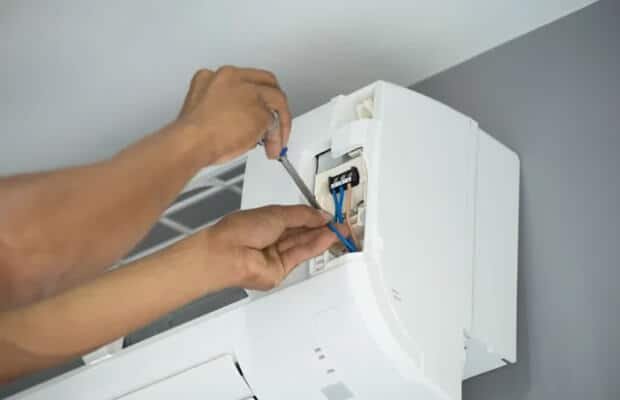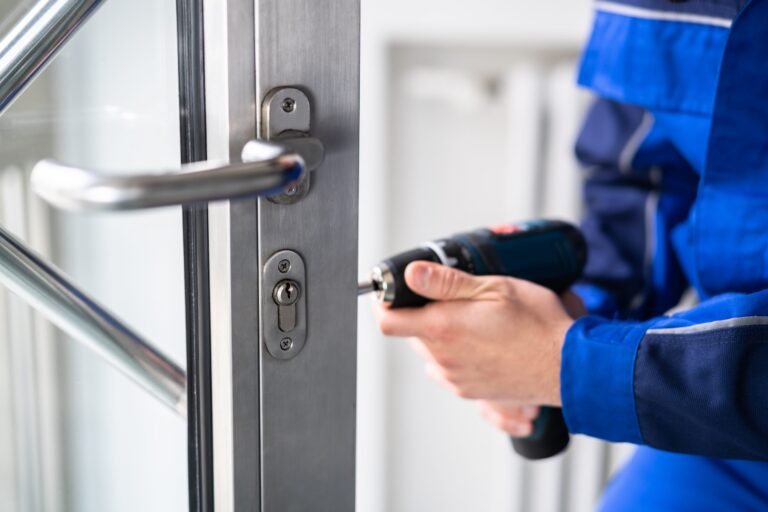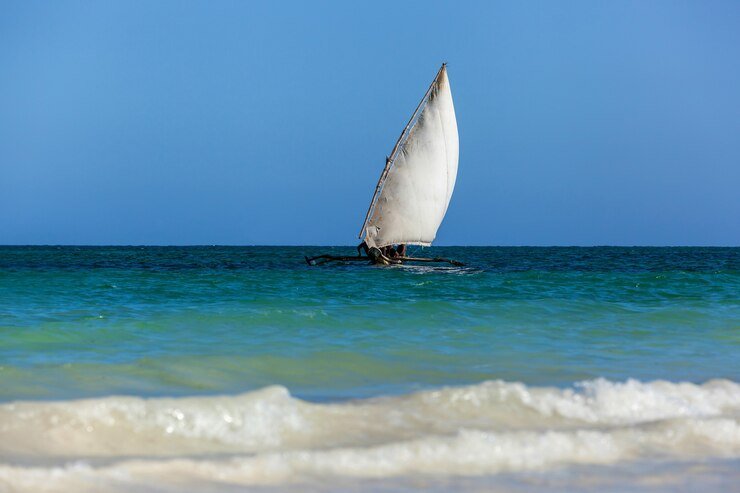Dubai is often celebrated for its modern skyscrapers and luxurious lifestyle, but beneath the glitz and glamour lies a rich cultural heritage. For those interested in exploring the historical side of the city, Dubai offers several cultural gems that give a glimpse into its past, traditions, and way of life before its modern transformation. Here’s a guide to discovering Dubai’s most iconic historical sites on a cultural tour.
1. Al Fahidi Historical District
Also known as Al Bastakiya, the Al Fahidi Historical District is a window into the Dubai of the past. Located in Bur Dubai, this area is characterized by narrow lanes, wind-tower architecture, and traditional courtyard homes. Walking through the district, you’ll discover art galleries, cultural exhibits, and cafes that bring the heritage of the UAE to life.
- Key Highlights:
- Sheikh Mohammed Centre for Cultural Understanding – Participate in a cultural meal or guided tour to learn about Emirati customs and traditions.
- Majlis Gallery – One of Dubai’s oldest art galleries showcasing traditional and contemporary Middle Eastern art.
2. Al Fahidi Fort & Dubai Museum
Located within the Al Fahidi Fort, the Dubai Museum is a must-visit for history enthusiasts. The fort, built in 1787, is Dubai’s oldest existing structure. The museum houses exhibits that tell the story of Dubai’s evolution from a small fishing village to a global city. Life-size dioramas showcase traditional Bedouin life, pearl diving, and early trade routes.
- Key Highlights:
- Fort Architecture – Explore the fort’s original architecture, including defense towers and courtyard spaces.
- Cultural Exhibits – Learn about Dubai’s early industries such as fishing, pearling, and date farming through interactive displays.
3. Dubai Creek
The lifeblood of old Dubai, Dubai Creek is where the city’s story truly began. For centuries, the creek was the center of commerce, with traders from across the region arriving on dhows (traditional wooden boats) to buy and sell goods. Today, a stroll along Dubai Creek offers a glimpse into the city’s maritime past.
- Key Highlights:
- Abra Ride – Take a traditional water taxi, or abra, across the creek for an authentic and affordable experience.
- Dhow Wharfage – Visit the dhow wharf to see traditional wooden boats being loaded with goods, a practice that has been part of Dubai’s trade heritage for generations.
4. Sheikh Saeed Al Maktoum House
The former residence of Sheikh Saeed Al Maktoum, ruler of Dubai from 1912 to 1958, this house has been converted into a museum showcasing photographs, documents, and artifacts from Dubai’s past. Built in 1896, the house features traditional architecture with wind towers, large courtyards, and carved wooden doors.
- Key Highlights:
- Photography Exhibits – Browse through fascinating photographs that document the city’s transformation, early trading life, and royal family history.
- Architectural Style – Explore the traditional wind tower architecture that was used for natural cooling in the hot desert climate.
5. Jumeirah Mosque
The Jumeirah Mosque is one of the most beautiful and iconic mosques in Dubai. Built entirely from white stone in the Fatimid style, this mosque is open to non-Muslims, making it a great opportunity to learn about Islamic culture and architecture. The mosque offers guided tours, which provide insights into the religious practices and customs of the UAE.
- Key Highlights:
- Open to Visitors – Join one of the daily guided tours organized by the Sheikh Mohammed Centre for Cultural Understanding.
- Architectural Beauty – Admire the intricate details of the mosque’s design, from its soaring minarets to the expansive courtyard.
6. Hatta Heritage Village
A day trip from central Dubai, the Hatta Heritage Village offers a step back in time to a traditional mountain village. Situated in the Hajar Mountains, Hatta provides a refreshing change of scenery from the city’s desert landscape. The heritage village features restored houses, a fort, and traditional water systems known as falaj.
- Key Highlights:
- Restored Buildings – Visit traditional mud-brick houses, a mosque, and a fort that date back to the 16th century.
- Cultural Exhibits – Learn about the lifestyle of the mountain people through exhibits on weaponry, traditional clothing, and agricultural practices.
7. The Women’s Museum
Located in Deira, the Women’s Museum celebrates the contribution of women to the UAE’s history, culture, and society. The museum offers an insightful look into the role of women in the country’s development and highlights their achievements across various fields, including art, education, and politics.
- Key Highlights:
- Women’s Role in Society – Exhibits focus on the contributions of Emirati women throughout history.
- Art and Culture – Explore galleries that showcase works by prominent female artists and poets from the UAE.
8. Shindagha Museum: The Perfume House
Perfumes have been an integral part of Emirati culture for centuries, and the Perfume House in Shindagha Museum allows visitors to explore the region’s ancient art of perfume making. Discover traditional Emirati perfumes, ingredients, and the process of distilling fragrant oils.
- Key Highlights:
- Perfume Artifacts – Explore a collection of historic perfume bottles, tools, and ingredients used to create traditional scents.
- Interactive Experience – Learn about the cultural significance of perfumes and even mix your own scents in the museum’s workshop.
9. Deira Souks (Gold, Spice, and Textile Souks)
No cultural tour of Dubai would be complete without visiting the famous Deira Souks. The Gold Souk dazzles with its extensive array of gold, silver, and precious stones, while the Spice Souk offers a sensory experience with aromatic spices, herbs, and incense. Nearby, the Textile Souk is perfect for finding beautiful fabrics and traditional attire.
- Key Highlights:
- Gold Souk – Browse through endless rows of jewelry shops offering exquisite gold pieces.
- Spice Souk – Engage with local traders and learn about the various spices used in Emirati and Middle Eastern cuisine.
10. Alserkal Avenue
While it may not be historical in the traditional sense, Alserkal Avenue is a cultural hub for contemporary art and creativity in Dubai. This former industrial area has been transformed into a thriving arts district, home to galleries, design studios, and performance spaces. It represents Dubai’s evolving cultural identity, where modern art intersects with heritage.
- Key Highlights:
- Contemporary Art Galleries – Visit leading art galleries like Leila Heller Gallery and The Third Line.
- Cultural Events – Participate in workshops, film screenings, and exhibitions that celebrate both local and international art.
Conclusion
Exploring Dubai’s cultural gems is a journey through time, from its humble beginnings as a fishing village to its rise as a global metropolis. Whether you’re wandering through the alleys of Al Fahidi, enjoying a serene moment at Jumeirah Mosque, or learning about the art of perfume making, Dubai offers a rich tapestry of history and culture waiting to be discovered. This tour of historical sites will leave you with a deeper appreciation of the city’s roots and traditions, far beyond its modern façade.







